Posts Tagged by matt anderson
Exposed Engine: 1930 Ford Model A
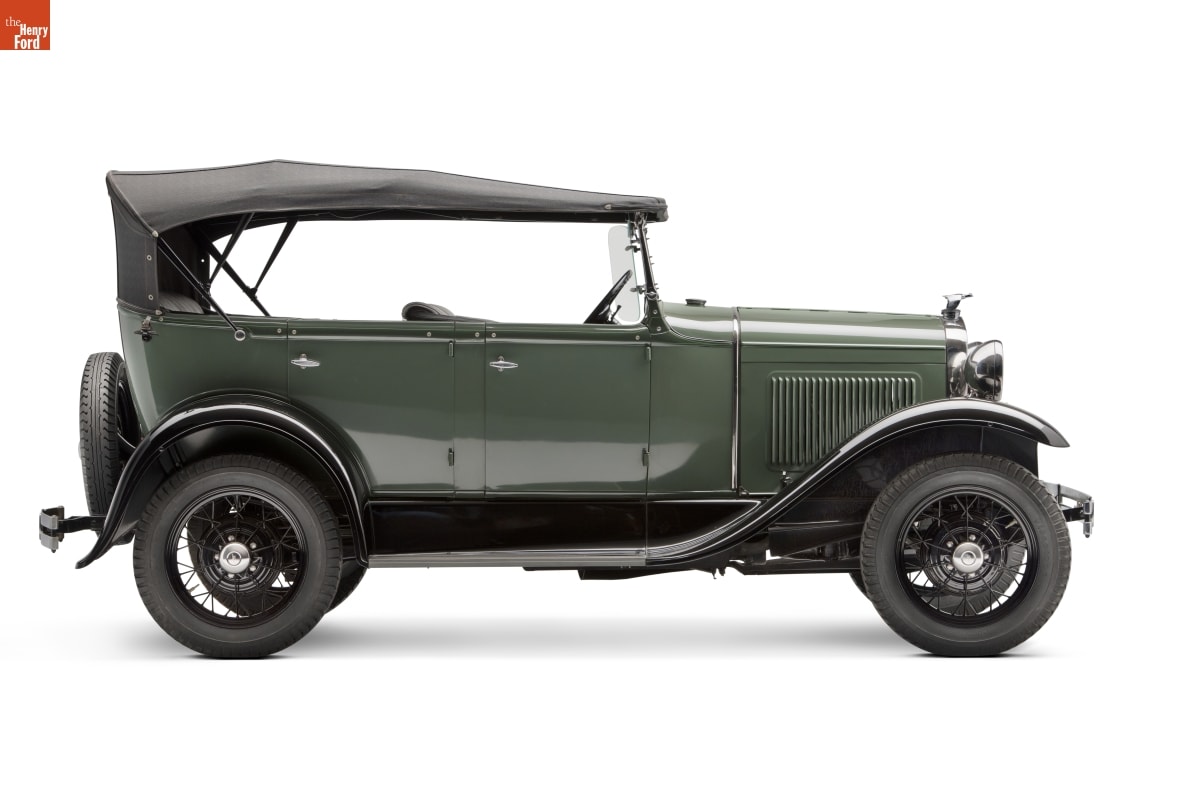
1930 Ford Model A
Inline 4-cylinder engine, L-head valves, 201 cubic inches displacement, 40 horsepower
Painting engine blocks is a long-standing tradition among automakers. In the 1960s, Ford favored blue while Chevrolet preferred orange. But green was Ford’s color of choice when this Model A came off the line. The black enameled pipe, running diagonally along the block just below the carburetor, returns surplus oil from the valve chamber back to the crankcase.
Matt Anderson is Curator of Transportation at The Henry Ford.
Michigan, 20th century, 1930s, Henry Ford Museum, Ford Motor Company, Engines Exposed, engines, Driving America, cars, by Matt Anderson
Exposed Engine: 1926 Rolls-Royce New Phantom Limousine
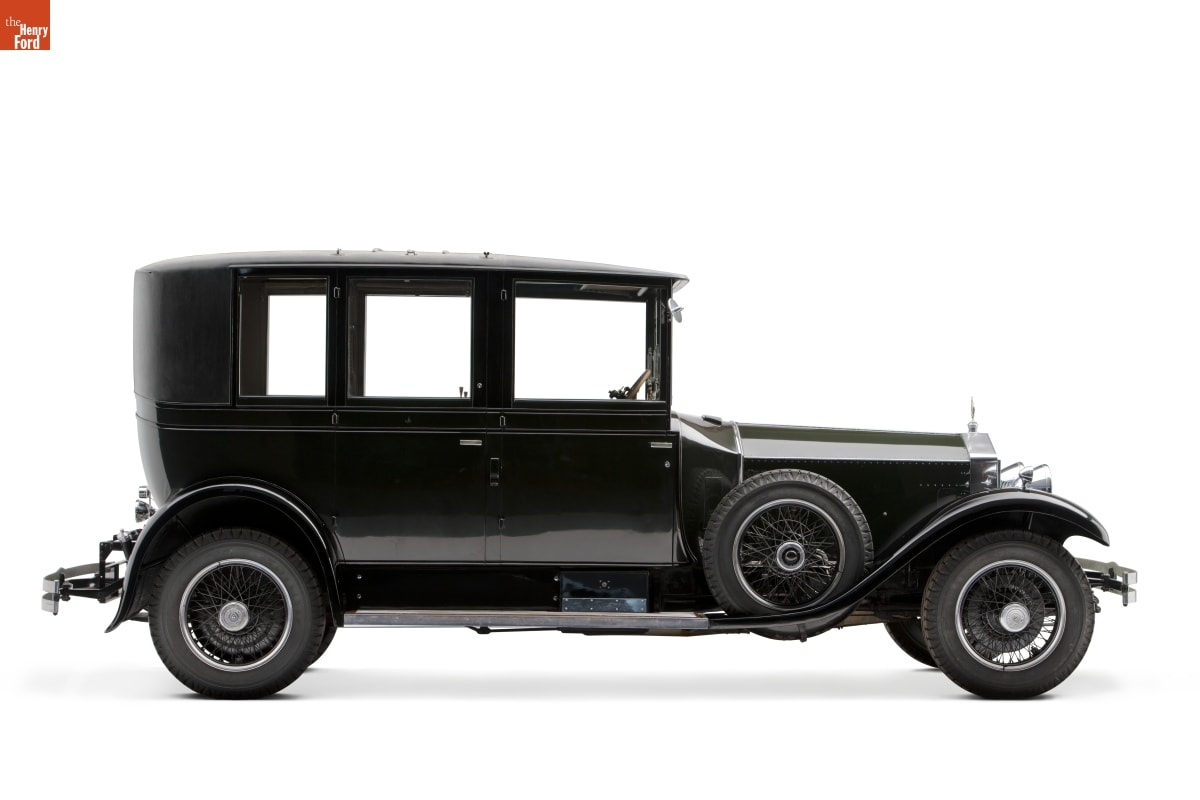
1926 Rolls-Royce New Phantom Limousine
Inline 6-cylinder engine, overhead valves, 468 cubic inches displacement, 108 horsepower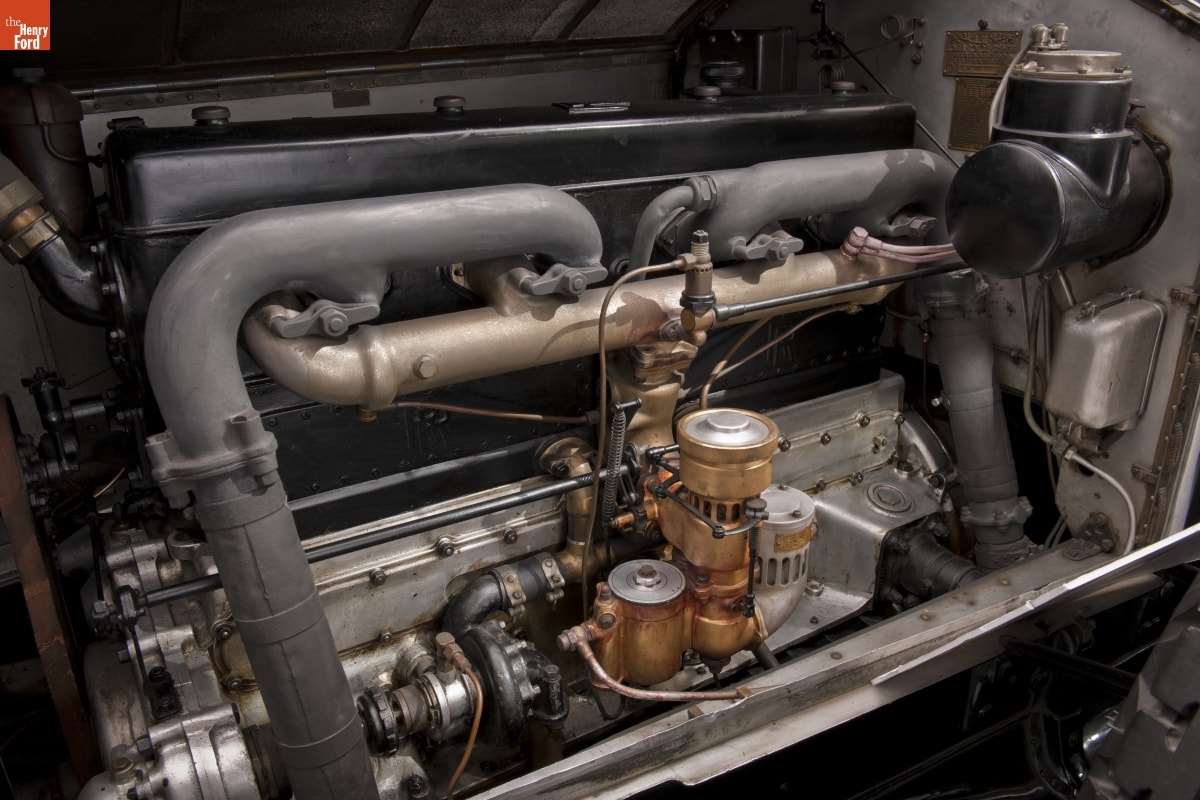
Rolls-Royce’s New Phantom engine, introduced in 1925, featured twin ignition with two spark plugs in each of its six cylinders. Those cylinders were cast in two sets of three, coupled by a one-piece cylinder head. Great Britain taxed automobiles based on cylinder bore. To reduce its tax penalty, the New Phantom engine was “undersquare” with its 4¼ -inch bore smaller than its 5½-inch stroke.
20th century, 1920s, Europe, luxury cars, limousines, Engines Exposed, engines, cars, by Matt Anderson
Exposed Engine: 1931 Duesenberg Model J
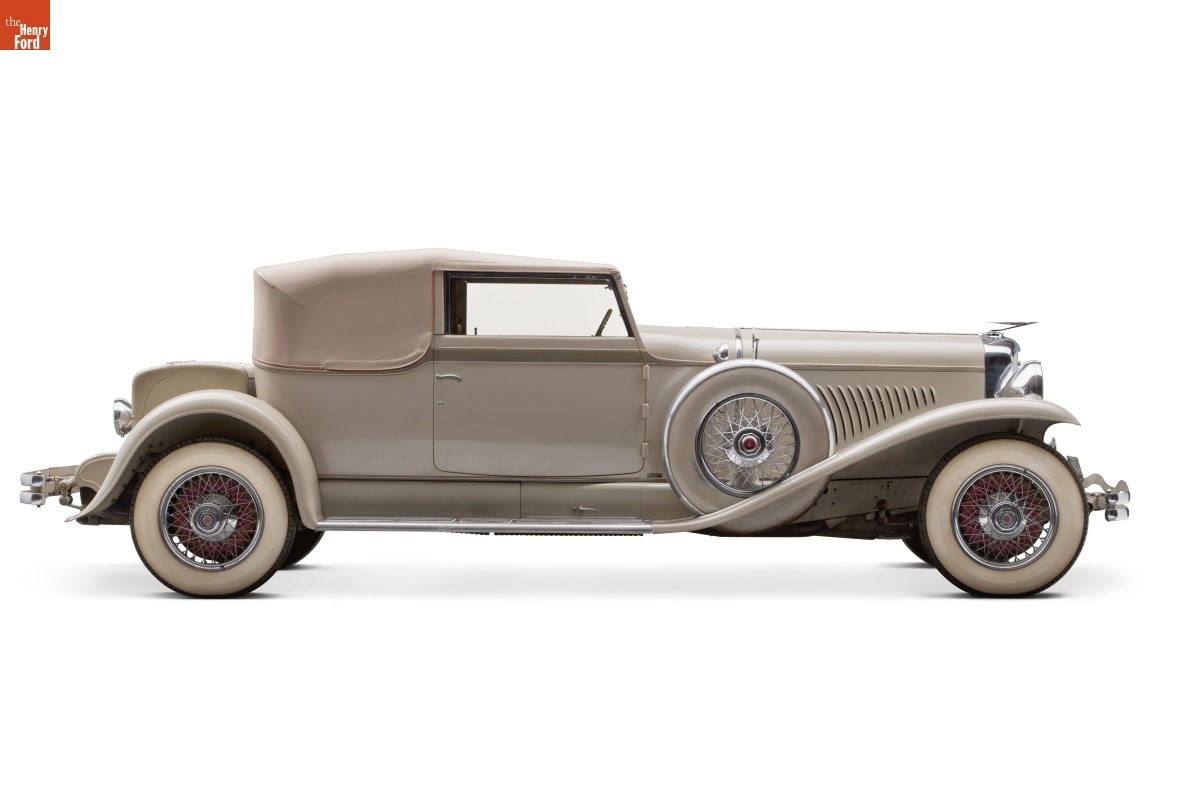
1931 Duesenberg Model J
Inline 8-cylinder engine, double overhead camshafts, 420 cubic inches displacement, 265 horsepower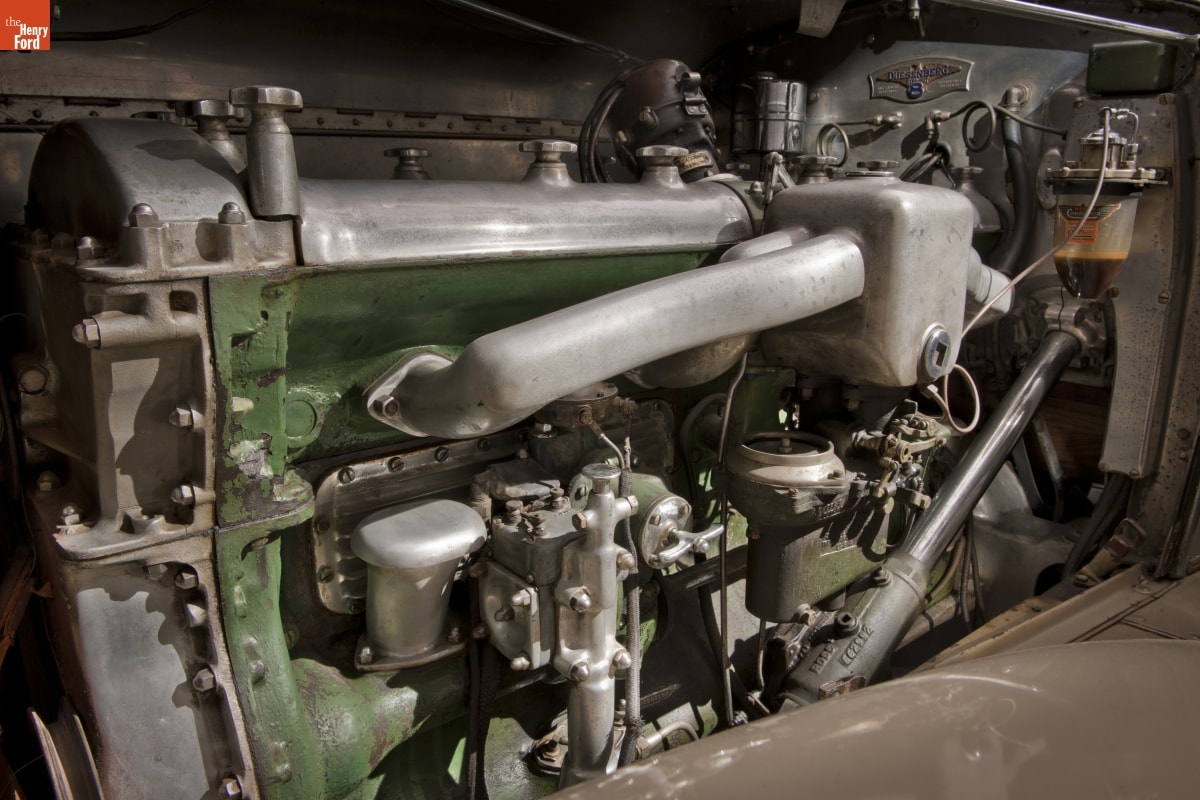
The Duesenberg is a beautiful automobile, and under the hood there’s plenty of go to match the show. The straight-8’s four valves per cylinder and duplex carburetor helped it pump out an enormous amount of horsepower for the time. (Later supercharged versions produced an astounding 320 horsepower!) The Model J could break 100 miles per hour without breaking a sweat.
Matt Anderson is Curator of Transportation at The Henry Ford.
20th century, 1930s, luxury cars, Engines Exposed, convertibles, cars, by Matt Anderson
Corvettes in the Car Court
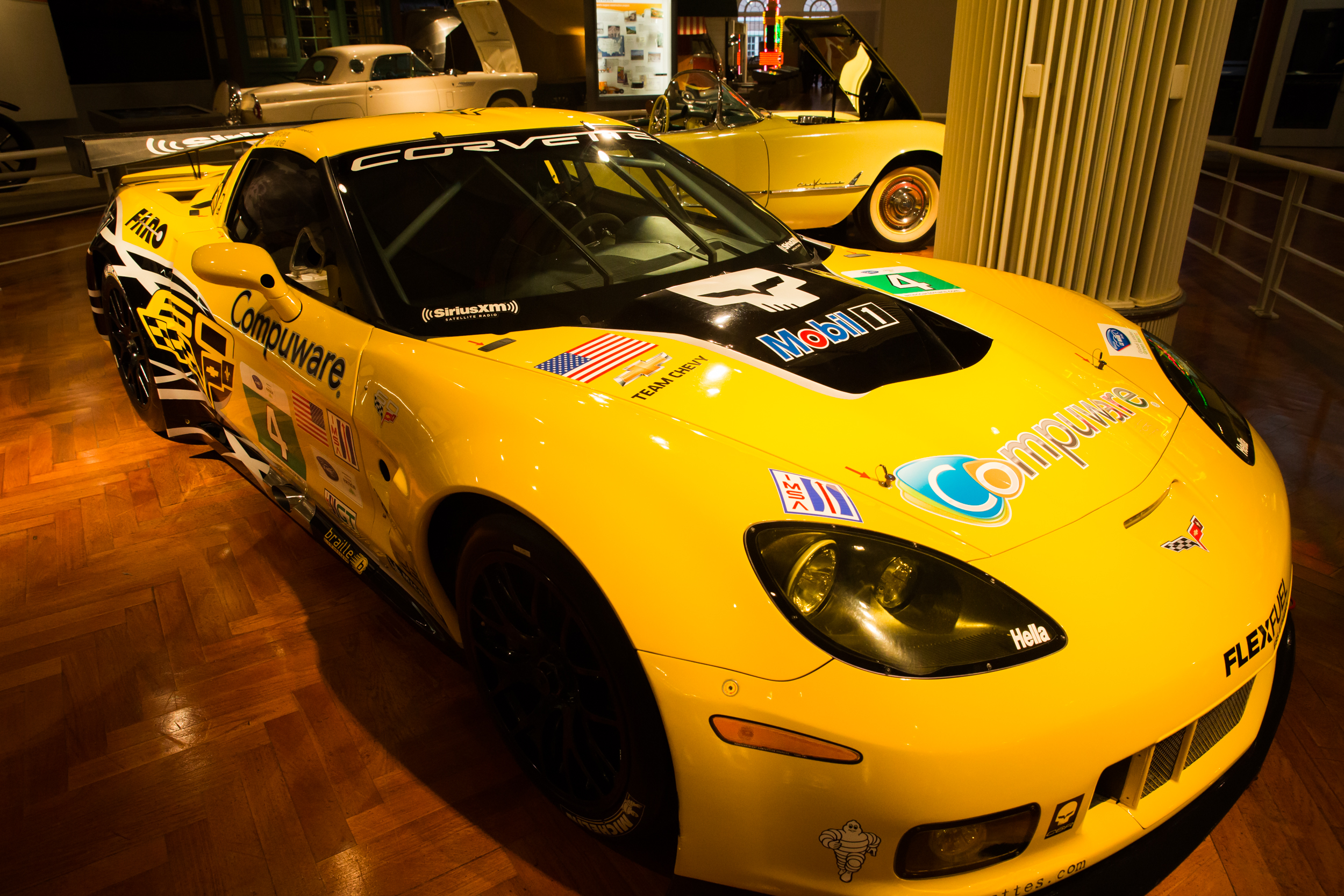
Visitors to Henry Ford Museum will notice something new in the Car Court at the center of our Driving America exhibit: a striking Chevrolet Corvette C6.R race car, on loan from our friends at the GM Heritage Center.
America’s sports car has a long and successful history on the race track, and this model – adapted from Corvette’s sixth styling generation – is no exception. From 2005 through 2013, C6.R racers racked up victories at France’s 24 Hours of Le Mans, as well as at the 12 Hours of Sebring and numerous other American Le Mans Series events.
Through May 2017, we’ll have the C6.R on display in a spot where it ought to feel right at home, between our own collection of record-setting race cars and our production version of Chevrolet’s 1955 Corvette. It’s a proud addition to Driving America.
Matt Anderson is Curator of Transportation at The Henry Ford.
21st century, 2010s, racing, race cars, Chevrolet, cars, by Matt Anderson
Exposed Engine: 1989 Honda Accord
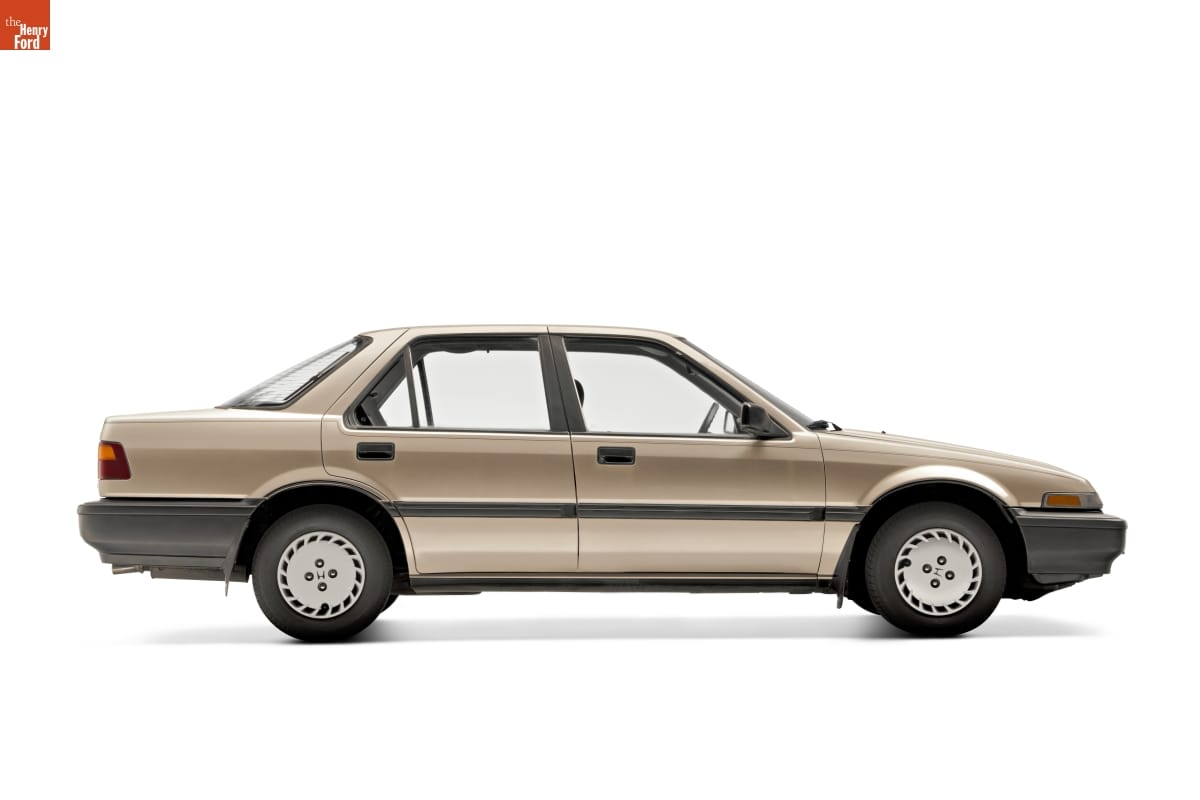
1989 Honda Accord
Inline 4-cylinder engine, overhead camshaft, 119 cubic inches displacement, 98 horsepower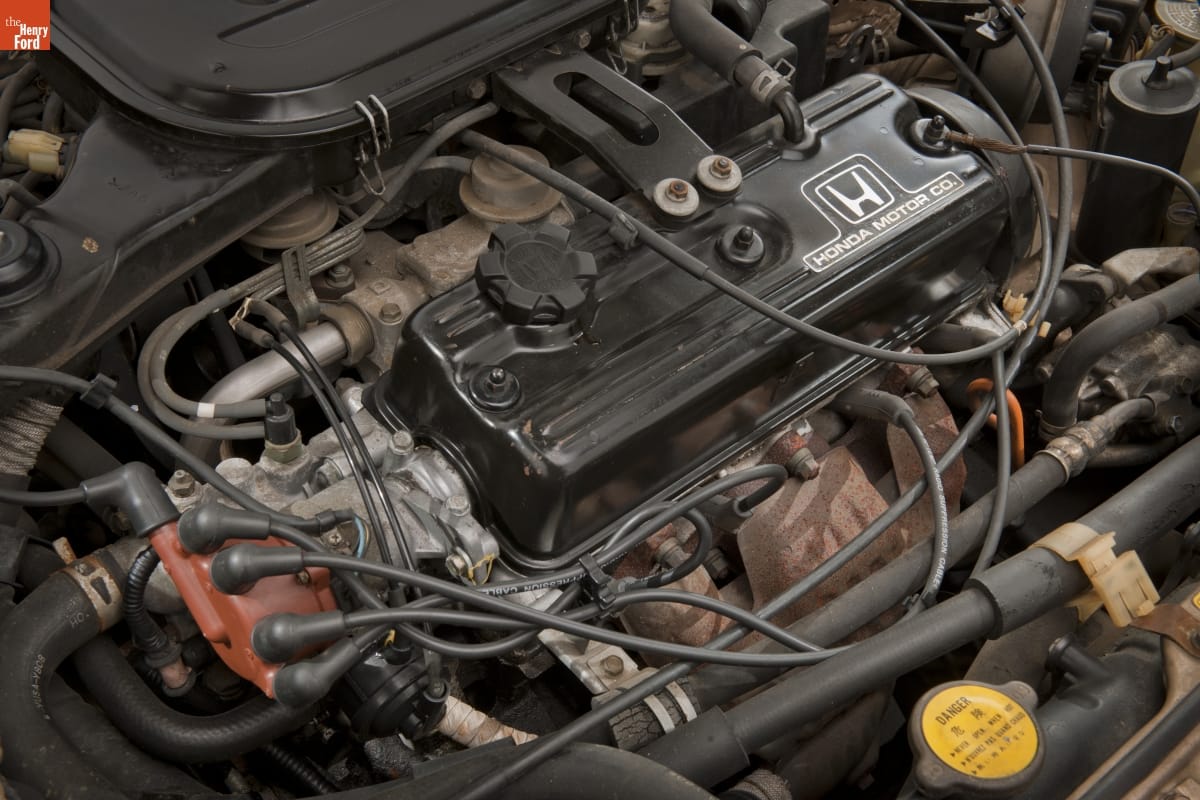
Using a front-wheel drive layout in a front-engine car allows for a compact design, but it requires some clever packaging under the hood. The Accord’s automatic transmission is combined with a differential into a single unit called a transaxle, mounted on the passenger side of the engine. The transverse-mounted engine has three valves per cylinder – two intake and one exhaust.
Matt Anderson is Curator of Transportation at The Henry Ford.
1980s, 20th century, Henry Ford Museum, Engines Exposed, engines, Driving America, cars, by Matt Anderson
Exposed Engine: 1949 Volkswagen

1949 Volkswagen
Horizontally opposed 4-cylinder engine, overhead valves, 69 cubic inches displacement, 30 horsepower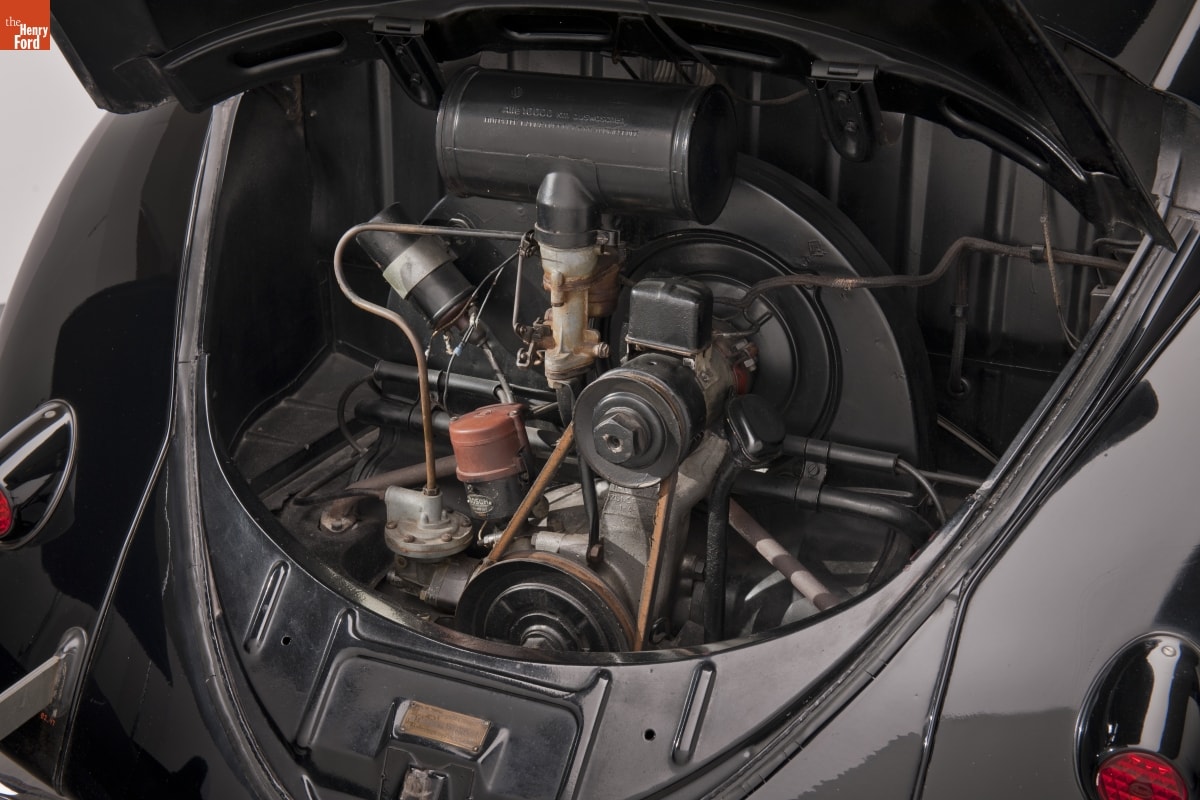
By American standards, almost everything about the Volkswagen was unconventional. That included the rear-mounted engine. Instead of a V-8 or an Inline-6, VW used a flat-4 “boxer” engine with horizontally opposed pistons and rods that looked a bit like prizefighters going at each other. The air-cooled motor was simple, efficient and highly adaptable, eventually powering everything from dune buggies to light airplanes.
Europe, 1940s, 20th century, Henry Ford Museum, Engines Exposed, engines, Driving America, cars, by Matt Anderson
Exposed Engine: 1943 Willys-Overland Jeep
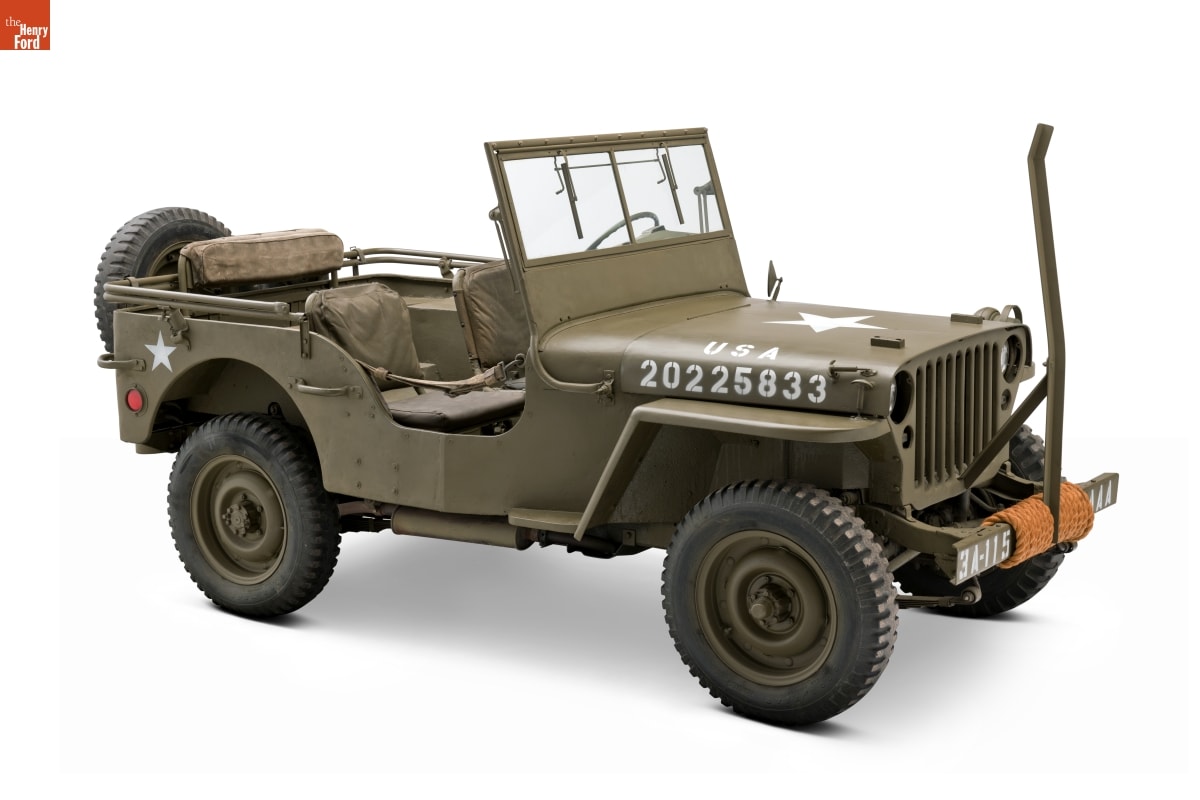
1943 Willys-Overland Jeep
Inline 4-cylinder engine, L-head valves, 134 cubic inches displacement, 54 horsepower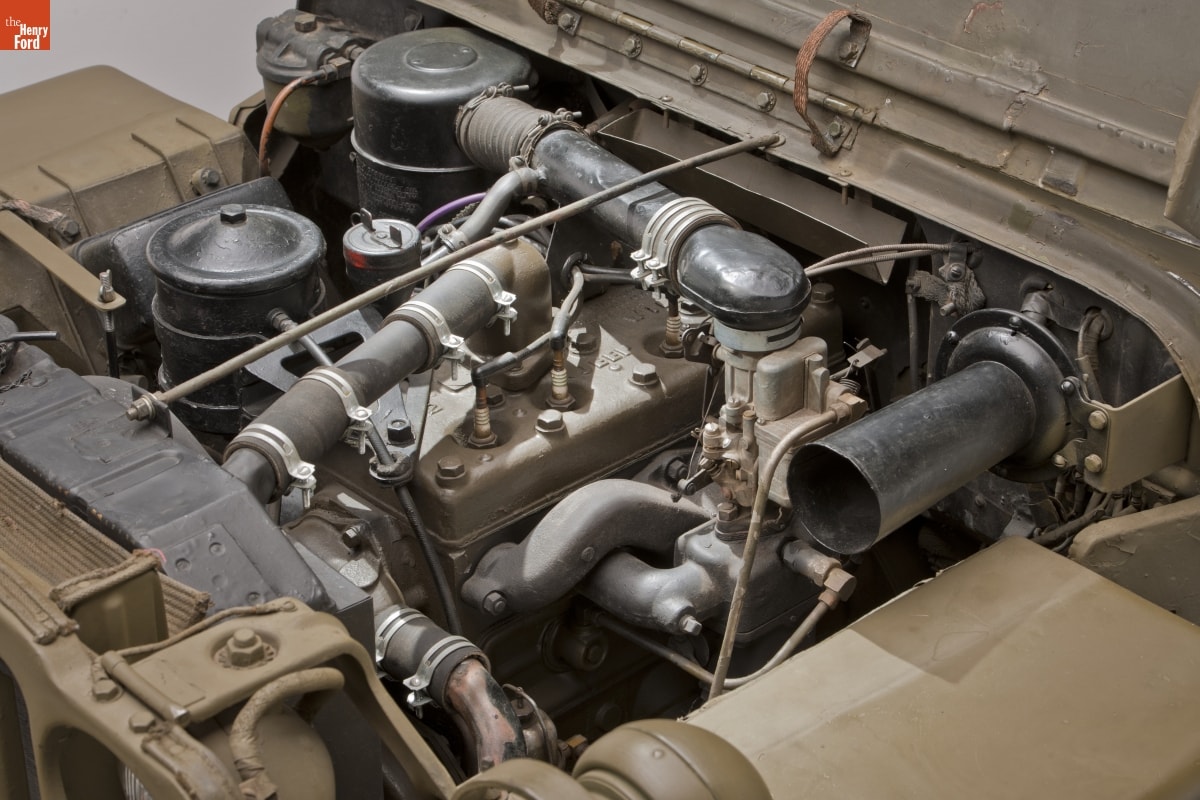
Simplicity and ease of maintenance were important requirements when the Army put out the request to manufacturers that ultimately produced the Jeep. Willys-Overland’s 4-cylinder engine – nicknamed “Go Devil” – offered sufficient horsepower and an impressive 104 pound-feet of torque in a compact, reliable package. It was easy to service, too. The fuel filter, carburetor and air cleaner are all within easy reach under the hood.
Matt Anderson is the Curator of Transportation at The Henry Ford.
1940s, 20th century, World War II, Henry Ford Museum, Engines Exposed, engines, Driving America, cars, by Matt Anderson
Report from the 2017 North American International Auto Show

Chrysler’s Portal concept car. The company that invented the minivan now reimagines it.
It’s that time of year again, when the North American International Auto Show (NAIAS) brings the world’s largest automobile manufacturers to Detroit to tempt us with their upcoming models – and tease us with a few dreamy concepts. As usual, the show does not disappoint. Autonomous concept cars, compact crossovers and alternative fuels are all prominent at this year’s event. Ford’s 2016 GT Le Mans winner, still covered in dust and glory.
Ford’s 2016 GT Le Mans winner, still covered in dust and glory.
Ford is rightfully proud of its big win in the GTE-Pro class at the 2016 Le Mans 24-hour race. Not surprisingly, the #68 GT piloted to victory by Sebastien Bourdais, Joey Hand and Dirk Muller is front and center at the company’s booth. What is pleasantly surprising, though, is that the Blue Oval resisted the urge to clean up the car and instead is displaying it in all of its battle-scarred glory. The GT wears that dirt and grime like a badge of honor.
Ford’s autonomous Fusion Hybrid. The company promises a fully autonomous car for public use in 2021.
Ford has made headlines recently with its plan to reposition itself as a mobility company rather than a carmaker. Head to the back of the firm’s NAIAS space and you’ll see that it’s more than mere talk. There’s a Go Bike from Ford’s bicycle sharing program in San Francisco, and a mention of the Chariot ride-sharing service the company purchased there in 2016. The real highlight for me, though, was the autonomous Fusion Hybrid. Apart from a pair of LIDAR units mounted above the side-view mirrors, most of the car’s sensors are hidden in what could pass for a luggage rack. Ford promises a fully autonomous vehicle in ride-sharing service in 2021. It seems the car won’t look all that different from anything else on the road. (While those LIDAR units are fairly discreet, I’m holding out for the inevitable autonomous car with an infrared scanner.)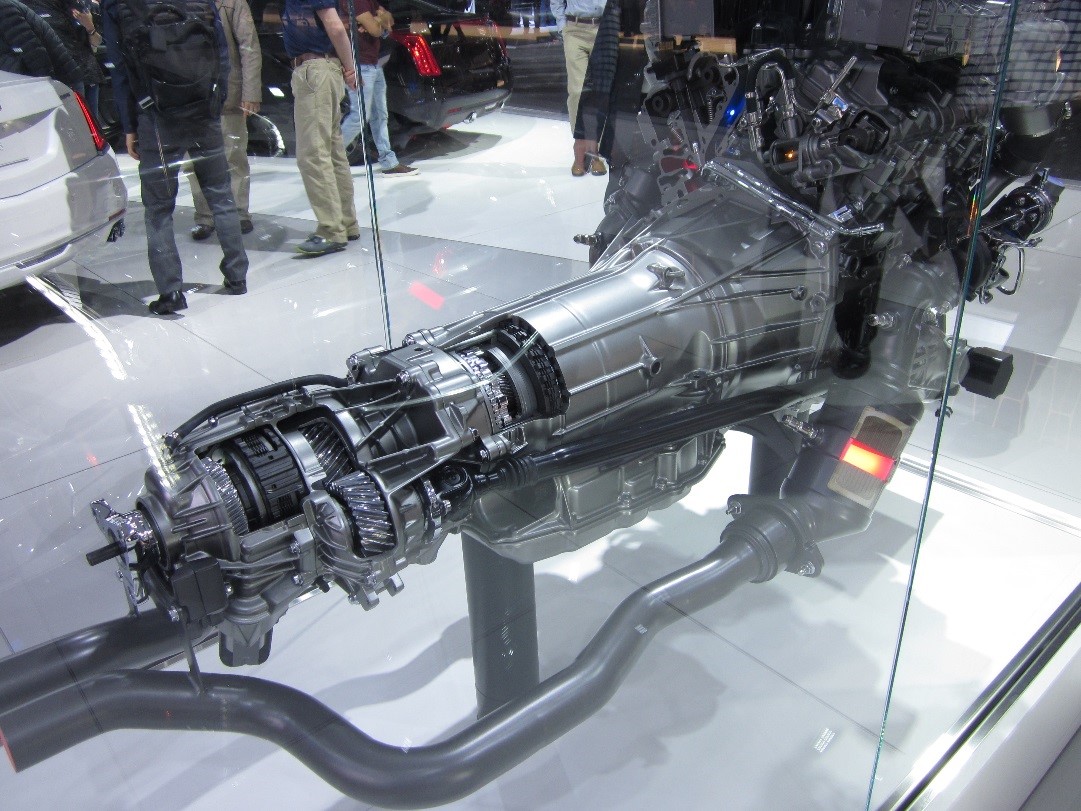
I always love the cutaways, like this V-6 from the all-wheel drive Cadillac CT6. Note the black driveshaft, running alongside the gearbox and bell housing, which sends power to the front wheels.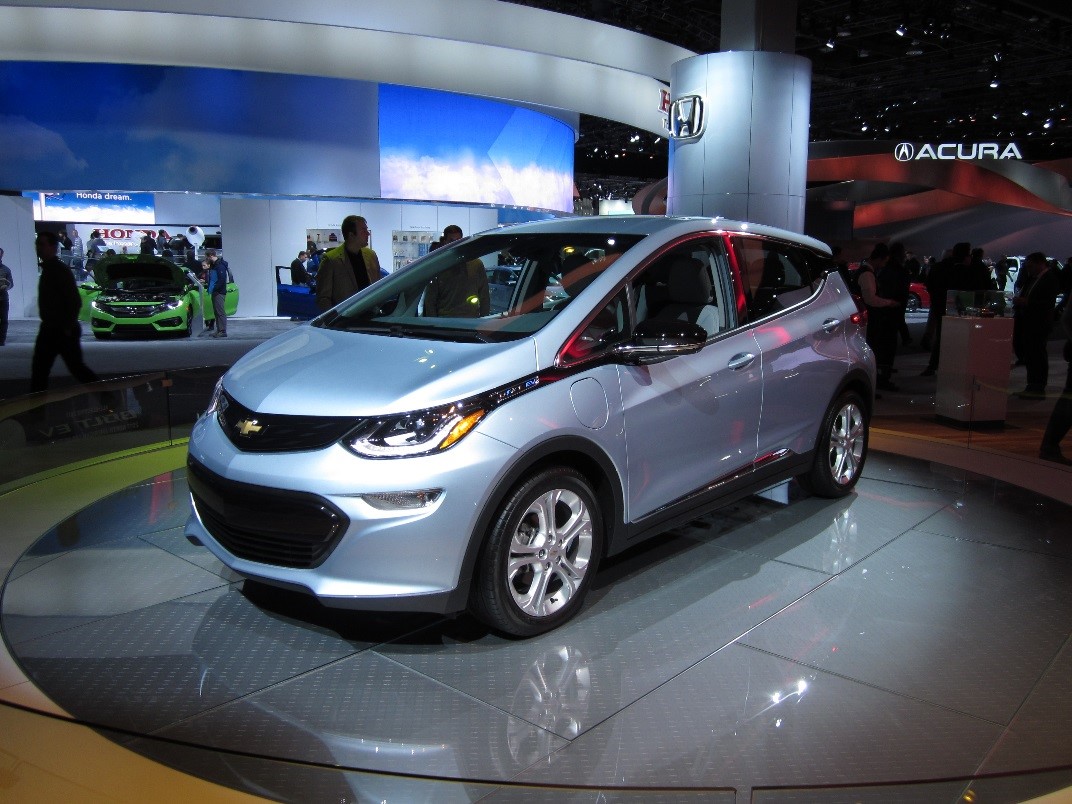
Chevrolet Bolt, the 2017 North American Car of the Year.
General Motors has its own reason to crow. The Chevrolet Bolt takes honors as 2017’s North American Car of the Year. Chevy promises 90 miles of range with a 30-minute charge, certainly impressive in the EV category. And the Bolt’s 0-60 m.p.h. time of 6.5 seconds may not be Tesla-type ludicrous, but it’s a full second faster than many of its gas-powered subcompact competitors. And speaking of unconventional fuels, the General’s GMC Terrain crossover gets an optional diesel engine for 2018. GM hasn’t always had the best of luck with diesels, but the fuel efficient 1.6-liter engine could make Terrain buyers happy at the pump.
Gustaf, the Volvo Spokesmoose. He’s there to promote the Swedish carmaker’s large animal detection system – and to provide a fun photo opportunity.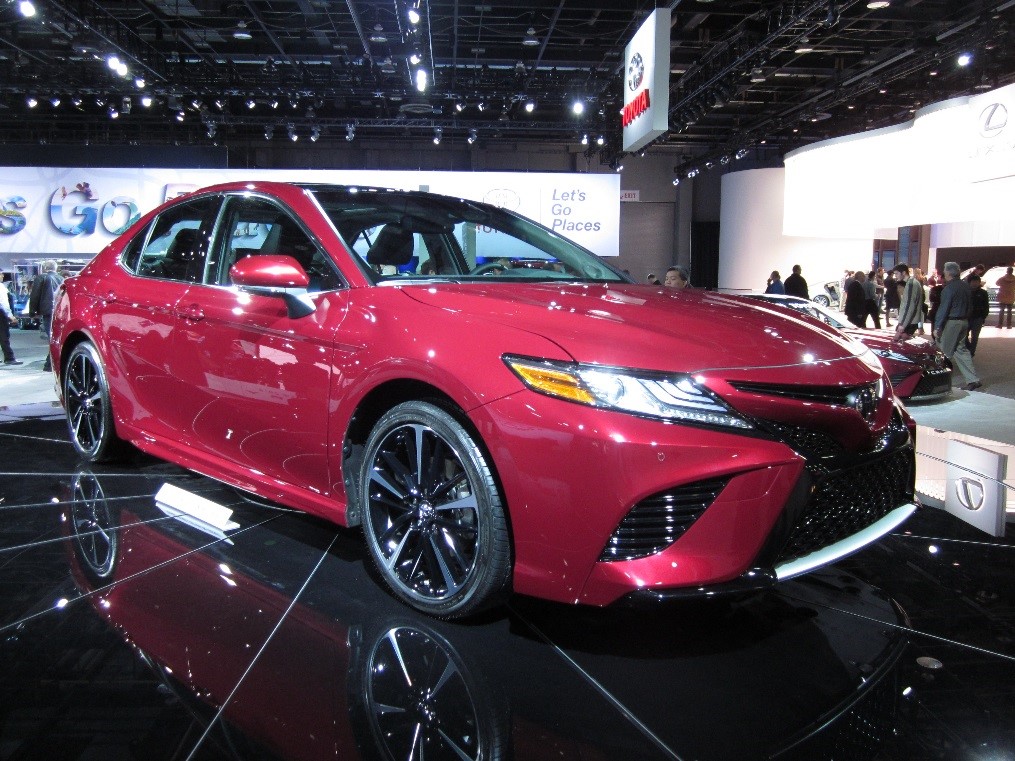
The 2018 Toyota Camry gets an aggressive look to match its aggressive sales.
Toyota always mounts an impressive display at NAIAS, and this year is no exception. The company’s big surprise is a robust facelift to its perennially best-selling Camry. The 2018 model gets an angular, aggressive front end wholly unexpected on a sedan that’s practically synonymous with, well, “practical.” They say you should never mess with success, but you don’t become the world’s largest automaker by taking blind risks. I’m sure the focus groups loved the redesign. Besides, it’ll look great at Daytona.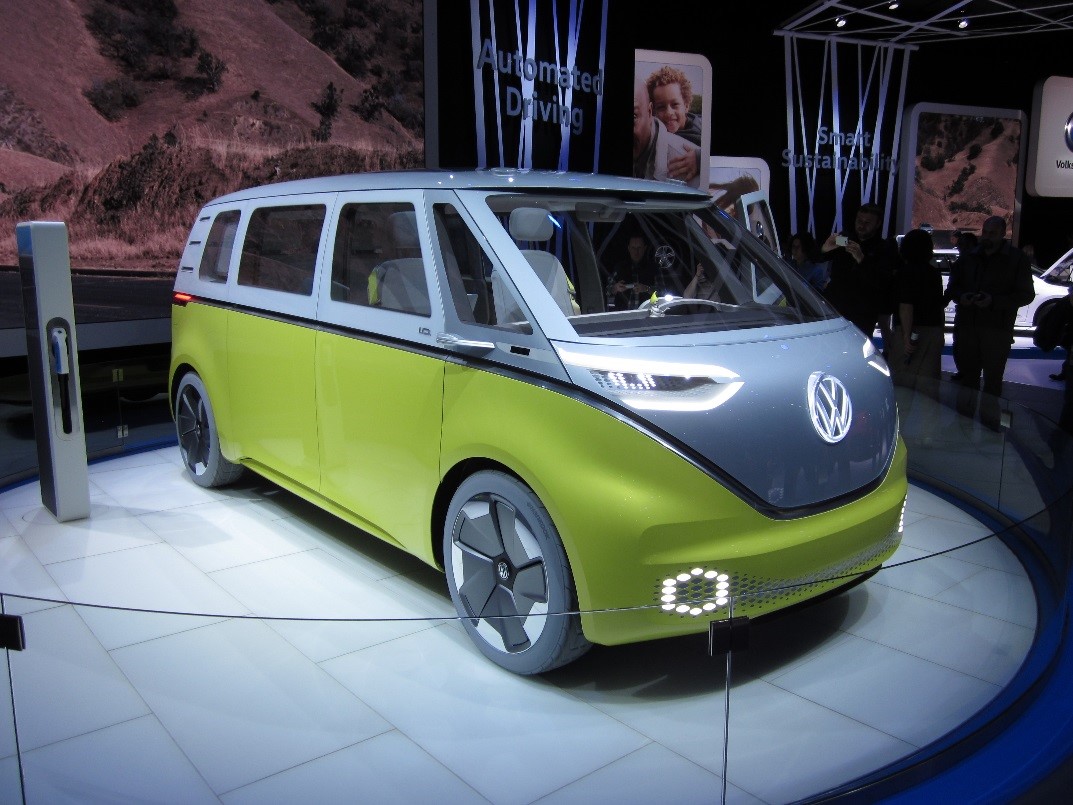
Volkswagen’s I.D. Buzz autonomous van. Think how many more mysteries Scooby and the gang could solve if Fred didn’t have to worry about driving.
Thanks to its diesel shenanigans, Volkswagen had a rough year, but you wouldn’t know it looking at the German manufacturer’s NAIAS booth. They’ve brought what might be the most eye-catching concept vehicle at Cobo Center. The I.D. Buzz is a cheery homage to the classic Microbus, but the hippies have gone high-tech. The Buzz is all-electric – and intended to be fully autonomous. As envisioned, the van gives owners the best of both worlds with a standard manual mode that can be switched over to automatic whenever the driver needs a break.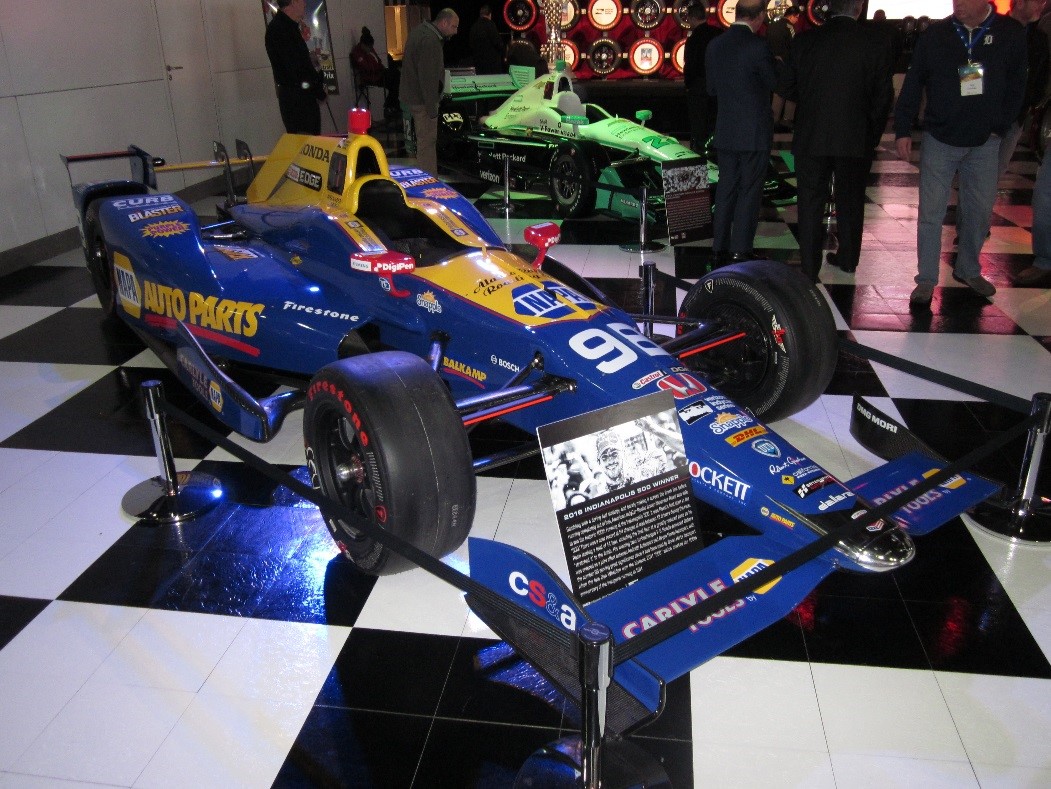
Presumably, the gas tank on this one is empty while it’s in Cobo Center – just like it was when Alexander Rossi coasted across the finish line in first place at last year’s Indianapolis 500.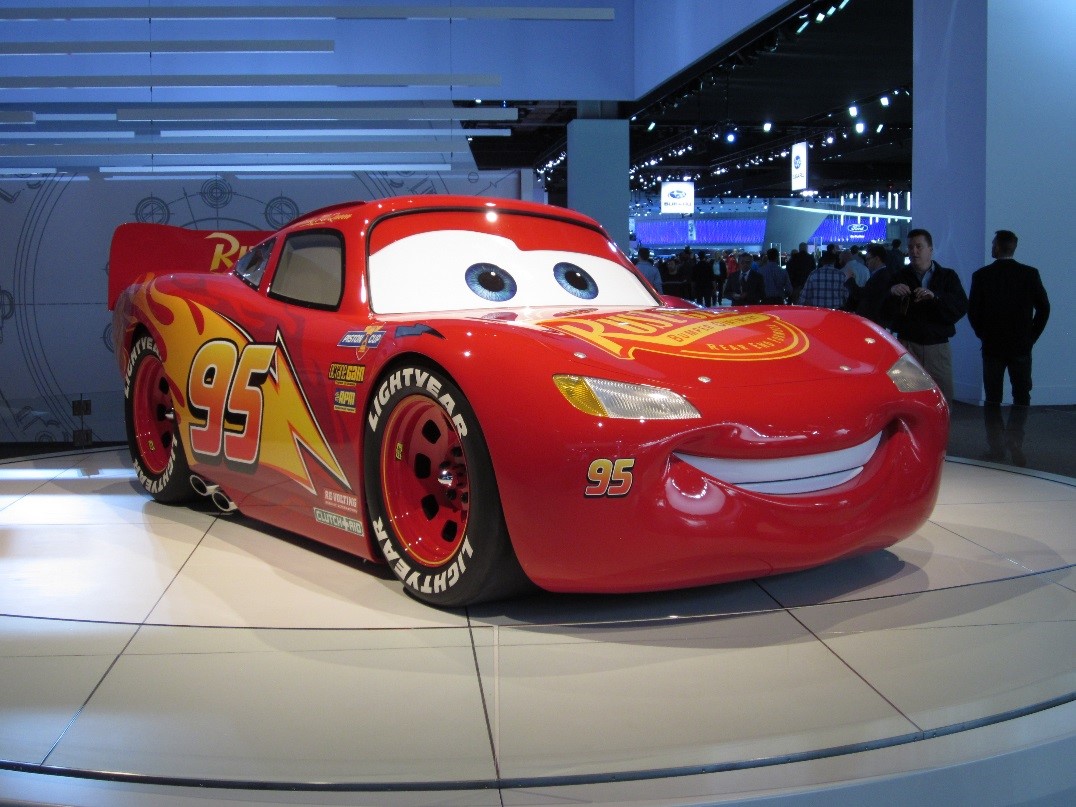
Another notable race car, the 2006 Rust-eze Special. Sure to be a hit with the toddler set.
While I could have spent the whole day wandering through the main hall, I’m glad I saved some time for the lower level. From January 8-12, the space hosted “AutoMobili-D,” a dedicated exhibition focused on autonomous vehicle research, urban mobility, and a number of techy startup companies. Of particular note was the booth devoted to the University of Michigan’s Mcity autonomous vehicle test facility. That Ann Arbor track, together with the American Center for Mobility at Willow Run, enables Michigan to hold its own against the tech titans of Silicon Valley, who threaten to take away the Great Lake State’s mantle of automobile R&D leadership.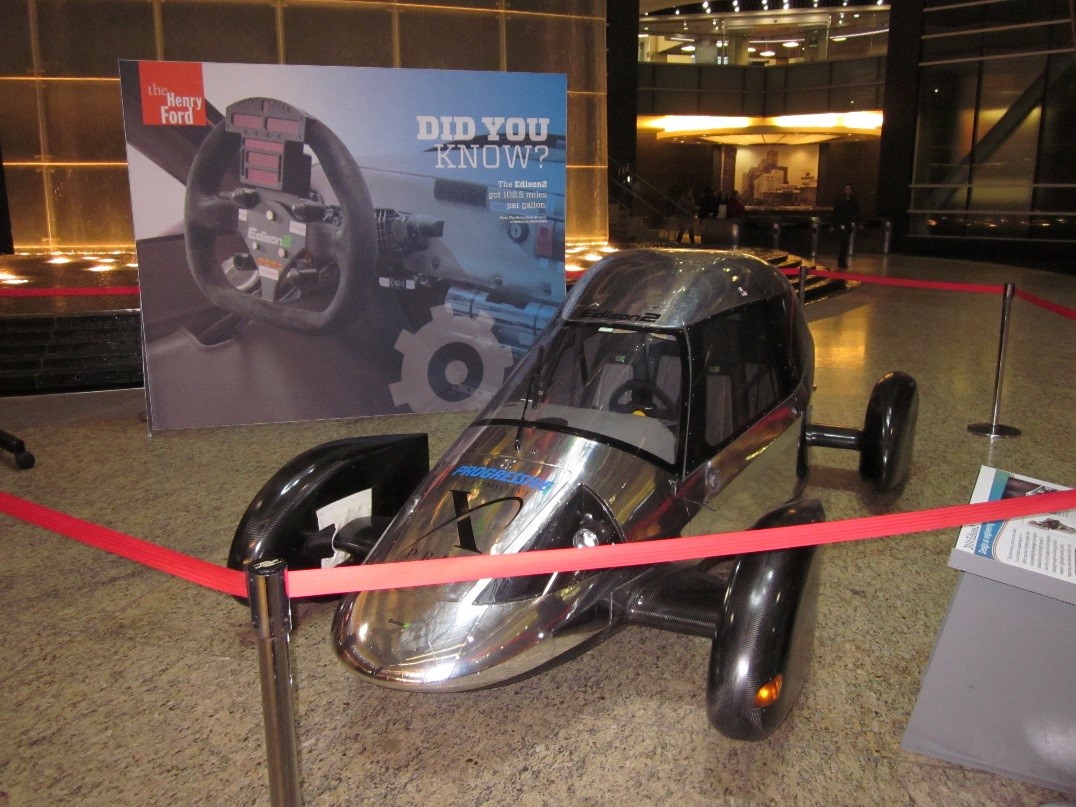
The Henry Ford’s 2010 Edison2, on view in Campus Martius.
If your visit to NAIAS takes you through Campus Martius, you might take a moment to peek in the lobby of the One Campus Martius building. There you’ll find our own Edison2 concept car, winner of the 2010 Progressive Automotive X Prize. The gasoline-powered vehicle, which weighs all of 830 pounds, got more than 100 miles per gallon during the competition. What with all of the folks from around the globe in Detroit this week, we thought we might tempt them to visit us in Dearborn. What better break from the cars of today and tomorrow than a look at the innovative automobiles of yesterday?
Matt Anderson is Curator of Transportation at The Henry Ford.
events, 21st century, 2010s, technology, NAIAS, Michigan, Detroit, cars, car shows, by Matt Anderson, autonomous technology
Our Bugatti Royale (Temporarily) Heads to California in 2017
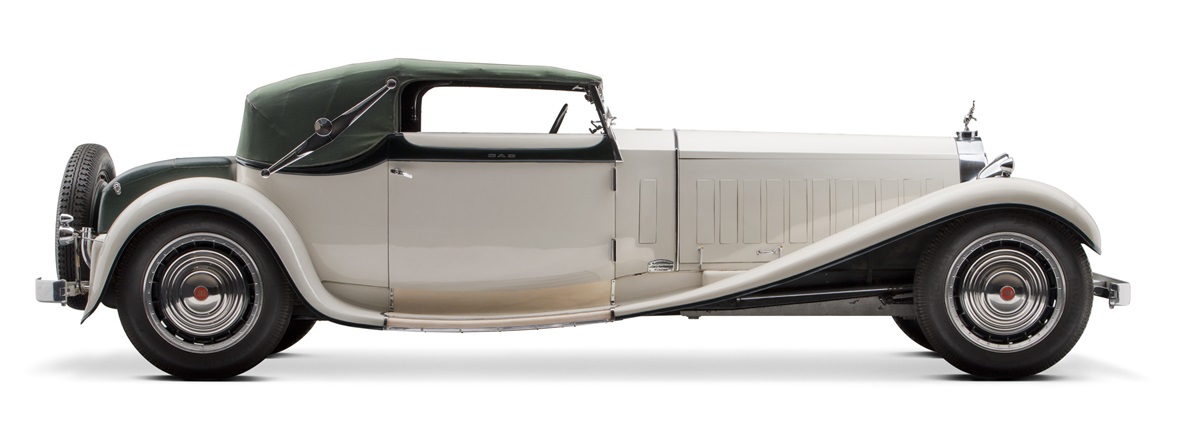
Undoubtedly, our 1931 Bugatti Type 41 Royale is one of the most popular automobiles in The Henry Ford’s collection. Rarely off display, the Royale has been a fixture in Henry Ford Museum for decades. It’s rare to walk by the car and not see at least one person snapping a photo, studying the label, or simply daydreaming about what it’s like behind that big steering wheel. And why not? The Royale has everything going for it: beautiful styling, superb engineering, and a princely price tag – not to mention, as one of only six in the world, exceptional exclusivity.
Needless to say, it would take something very special for us to loan the Bugatti to another museum. Our friends at the Petersen Automotive Museum in Los Angeles have presented us with just such a reason. Last month, the Petersen opened an exciting new year-long exhibition, The Art of Bugatti. Automobile aficionados know the Bugatti name via the magnificent race and road cars built by Ettore Bugatti in the 1920s and 1930s. But Ettore was just one member of this remarkably artistic Italian-French family. Ettore’s father, Carlo Bugatti, designed exquisite furnishings. Ettore’s brother, Rembrandt, was a talented sculptor. (The elephant that sits atop our Royale’s radiator is based on a piece by Rembrandt Bugatti.) Ettore’s niece (and Rembrandt’s daughter), Lidia, was an accomplished artist.
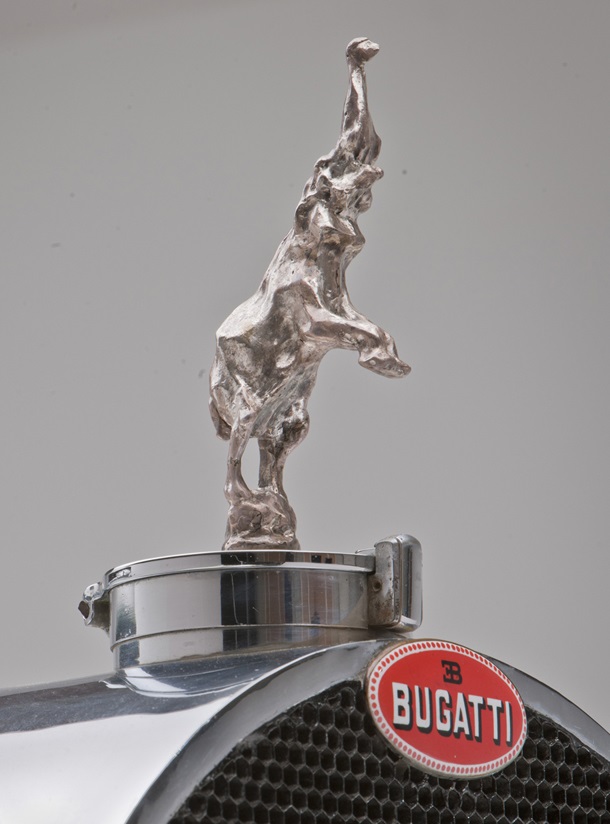
The Bugatti Royale’s distinctive elephant mascot was cast from a sculpture by Rembrandt Bugatti, brother of Royale designer Ettore Bugatti.
Furniture, paintings, sculpture, silver and – of course – automobiles from each of these three Bugatti generations are featured in the Petersen’s show. The broad-ranging exhibit even reaches into the present day. Volkswagen, current owner of the Bugatti marque, has loaned a 2016 Bugatti Chiron to the show. The two-seat supercar, capable of an astounding 260 miles per hour, carries forward Ettore Bugatti’s tradition of elegance combined with performance.
Our Bugatti Royale will be away at the Petersen for five months. The car leaves Henry Ford Museum in mid-January 2017 and returns in mid-June. While it’s away, we’re going to fill the Bugatti’s place in Driving America with another special luxury car from our collection: J.P. Morgan, Jr.’s 1926 Rolls-Royce New Phantom Limousine. It’s been several years since the Rolls-Royce has been on view, so the loan provides a special opportunity for The Henry Ford’s visitors, too.
We are proud to be a part of this wonderful new Bugatti exhibition, and we encourage anyone visiting southern California between now and October 2017 to stop by the Petersen. It’s properly regarded as one of the world’s finest auto museums, and The Art of Bugatti only adds to that reputation.
Matt Anderson is Curator of Transportation at The Henry Ford.
convertibles, luxury cars, Henry Ford Museum, Driving America, cars, by Matt Anderson
Celebrating Manufacturing Day
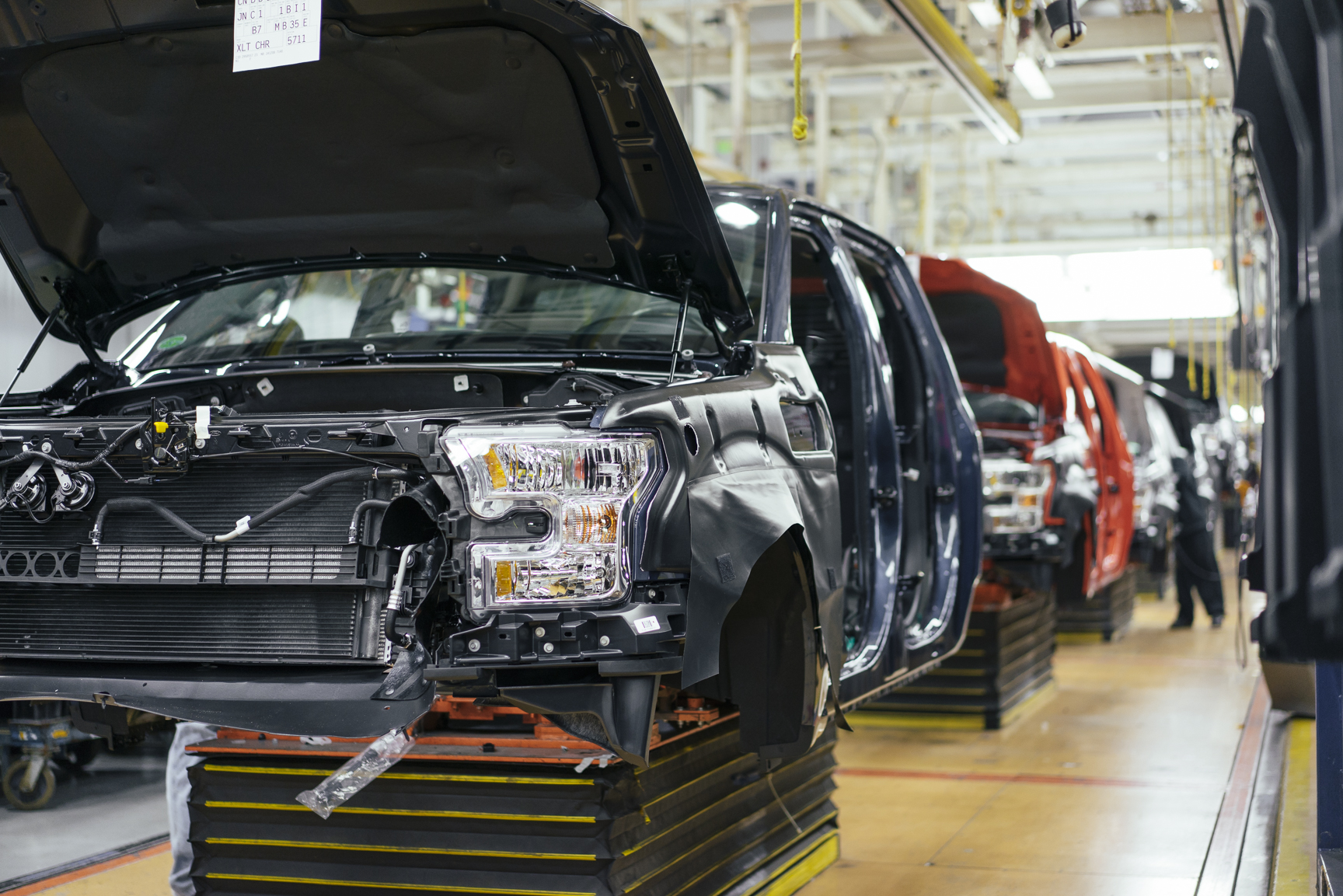
Every year, the first Friday in October brings Manufacturing Day, a time to celebrate the contribution that modern manufacturing makes to our lives. We see it not only in the countless products we use every day, but in the many jobs that manufacturing provides to American workers.
We thought it would be appropriate to mark the day with a look back at the most influential manufacturing innovation of the 20th century: Henry Ford’s moving assembly line. By combining interchangeable parts with the subdivision of labor and the movement of work to workers, Ford dramatically increased the speed with which his employees built Model T automobiles – reducing the car’s price and boosting sales as a result. The moving assembly line quickly spread to other automakers, and then to manufacturers of all types. Today, almost anything you can name is made on an assembly line, from helicopters to hamburgers.
Here, in honor of Manufacturing Day, is an Expert Set of 25 photos, documents and artifacts that tell the story of Henry Ford’s ground-breaking manufacturing technique.
Henry Ford: Assembly Line
Matt Anderson is Curator of Transportation at The Henry Ford.
by Matt Anderson, Ford Motor Company, Henry Ford, cars, manufacturing

